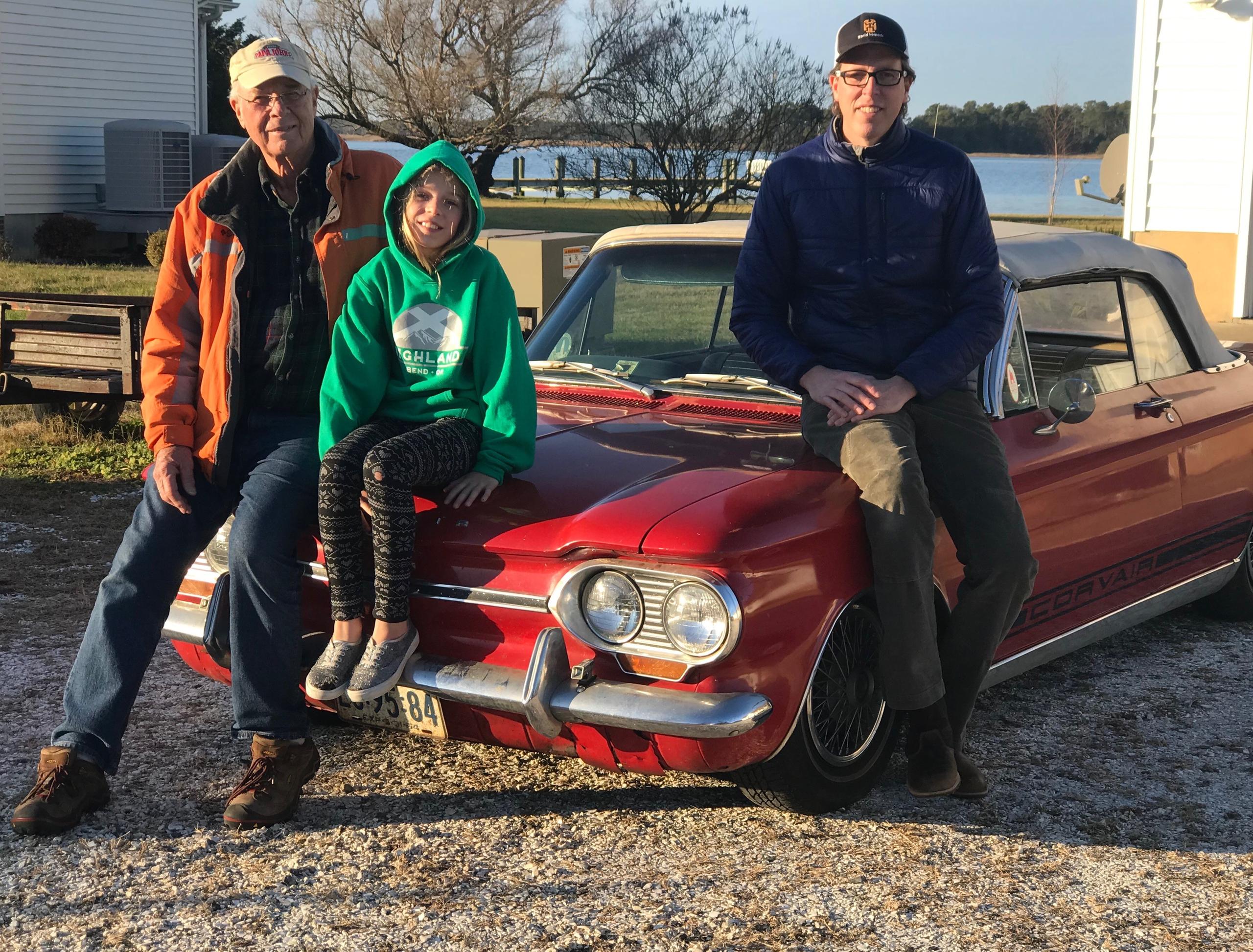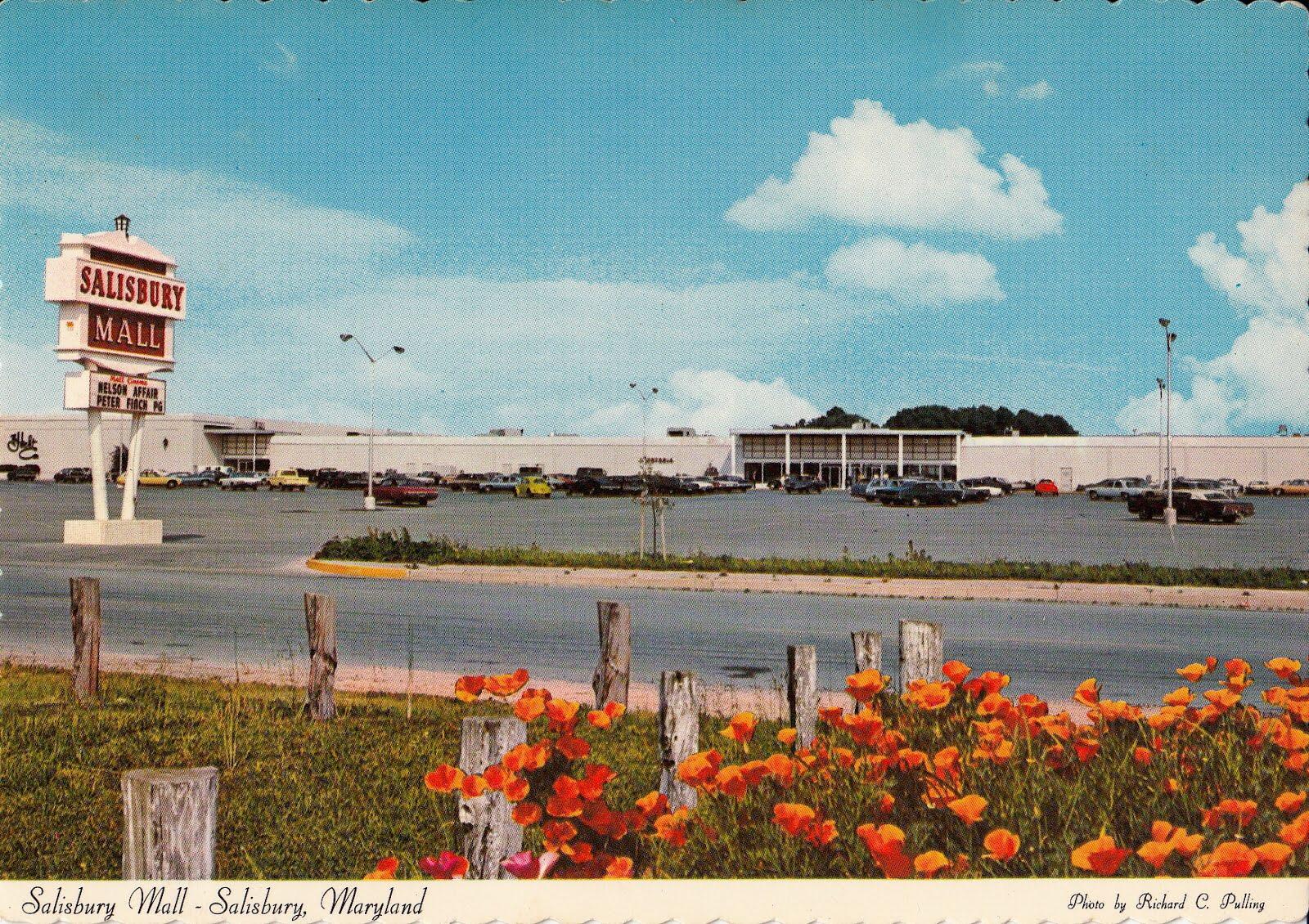A nod to Switzerland in an American icon
For one American family, no car looms larger than one from a company created by a Swiss: the Corvair.
You don’t see them often these days, but every time I spot one I burst with glee. I’m no car guy but Corvairs are different. These trophies of America’s love affair with automobiles remind me of my earliest days and of my most formative years. In a who-knew kind of way, they also remind me of the Swiss.

The Corvair was one of the world’s first compact, economy cars with an air-cooled engine in the rear that emitted a delightful, throaty purr as its pistons and valves roared to life. It had two, heavy doors, four buggy headlights and a flared, pleasing beltline that made it look far more sporty than it was. You could take the key out of the ignition while the car was running and switch between low and high beams by mashing a button on the floor. The rear windows rolled up not horizontally but in the quarter-circle arc of a catapult firing into the wind.
But the quirks that made the car endearing were countered by those that made it dangerous. The suspension and heavy rear end made it great in snow but the combination also birthed an odd handling that made cornering unnerving.
The wheeling 60s
The first Corvairs hit American streets in 1960 but by 1969 they were all but gone, with just 6,000 Corvairs produced that year, a 98 percent decrease from a high of 336,000 in 1962. Much of this downturn came about thanks to Ralph Nader who long before his 2000 Green Party US presidential bid unleashed a book in 1965 called “Unsafe at Any Speed.” In it, he called the Corvair a “one-car accident” and he used the design to illustrate all that was wrong with the safety standards of the American automobile industry.
Even so, my family remained Corvair fanatics. Dad got his first one brand new in 1963, but then he crashed it in a “Ralph Nader-type accident” on curve on a back road in Virginia. Years later, my newborn brother and I both came home from the maternity ward in a cherry red 1964 convertible. For most of my childhood mom commuted to work in a silver 1963 Corvair convertible with a speedometer that waved like a metronome.

Dad then owned two Corvair pickups at the same time. There was no question about what my very first car would be at age 16: a 1964 convertible with a black top and plastic, zip-out rear window that you could run surfboards through for missions to the beach before school. At one point circa 1989 a passerby could see no fewer than five beautiful Corvairs parked outside our four-person home.
The car was Chevrolet’s answer to the Volkswagen Beetle and it was only decades later that I learned of Chevy’s deep ties to the Swiss. Louis-Joseph Chevrolet was a Swiss race car driver from canton Neuchâtel who helped found Chevrolet Motor Car Company in Detroit 1911. Disagreements between Chevrolet and other investors, combined with a series of well-timed stock purchases, eventually led to the company’s merger with General Motors only a few years later.
Even so Chevrolet’s legacy endures. A few years ago I ran across a bust of him at the Indianapolis Motor Speedway Hall of Fame Museum in Indiana. There he is, looking off with the squint of a man sizing up his next corner, flappy leather helmet on his head and goggles over his brows. “Never Give Up” it says on the plinth above his loop-filled signature.
But it’s in the Chevrolet logo itself that the Swiss may have left his most timeless mark. The “bowtie” emblem first appeared in 1913 when Chevrolet was still with the company, and stories abound about the origins of it. Most accounts say the design came about not from Chevrolet but from William C. Durant, a co-founder, who saw a similar pattern on some wallpaper during a trip to Paris. Others say Durant got the idea from a 1911 advertisement in a Georgia newspaper for a type of fuel called “coalettes” that used a very similar logo. In those ads, “coal” formed one narrow end of the bowtie, a capital “E” anchored the tall center knot, and “ettes” emerged at the final narrow end. It’s hard not to see the likeness.
The version I most prefer, however, is that the bowtie is actually a modified version of the Swiss cross. Though Chevrolet himself died in Detroit in 1941 at age 62 after complications from surgery, the 1947 Chevrolet logo features a white cross on a red background. Another from 1957 does, too. Later versions that were slapped on Corvettes look strikingly similar to a Swiss flag billowing in a breeze. I imagine all of the origins stories are true, more or less.

As for Corvairs, Chevrolet himself had nothing to do with them of course, but I still think of him when I see one rolling through an intersection. Mom’s Corvair died when the transmission failed. The trucks got so old that worms began to eat the fungus that grew on their sides. Mine now sits in a chicken coop in Maryland, where it’s been ever since I left to be an exchange student to Switzerland’s canton Vaud in 1991. While I was there, just outside Geneva, I bought one of those oval CH stickers to place on its bumper, but I never did. Shortly upon my return, I moved to Montana and wanted a truck. I bought a Ford. In our family, that was almost treason.
Dad’s ‘vair still runs, though, and it is as cherry red as the day I was born. This Christmas I’ll head back to Maryland from my home in Oregon. Dad and I will fire it up, admire that purr, and take it out for a spin. We’ll go slow on the turtlebacked roads and visit mine in the coop. At some point I reach back and pat the knee of my daughter nestled in the back and remind her of Chevrolet’s origins and how its founder was born not far from where she was born, in Bern, Switzerland.
These days that’s all I need to be bursting with glee.

Louis-Joseph Chevrolet was born on Christmas Day, 1878 in La Chaux-de-Fonds. He moved to Bonfol in the Swiss Jura region before moving to Beaune, France.
In 1898-99 he moved to Paris and worked as a car mechanic for De Dion-Bouton, which was then the largest car maker in the world.
He left France and moved in 1900 first to Montreal, Canada and later to New York, where he was employed as a mechanic.
In 1905 he drove for Fiat and won his first car race, beating the world record for the mile in 52.8 seconds.
He co-founded the Chevrolet Motor Car Company in 1911. It is now a part of General Motors.
Louis Chevrolet drove his last laps at Indianapolis in 1926 as the official pace car driver.
He died in 1941 in a suburb of Detroit.

In compliance with the JTI standards
More: SWI swissinfo.ch certified by the Journalism Trust Initiative










You can find an overview of ongoing debates with our journalists here . Please join us!
If you want to start a conversation about a topic raised in this article or want to report factual errors, email us at english@swissinfo.ch.